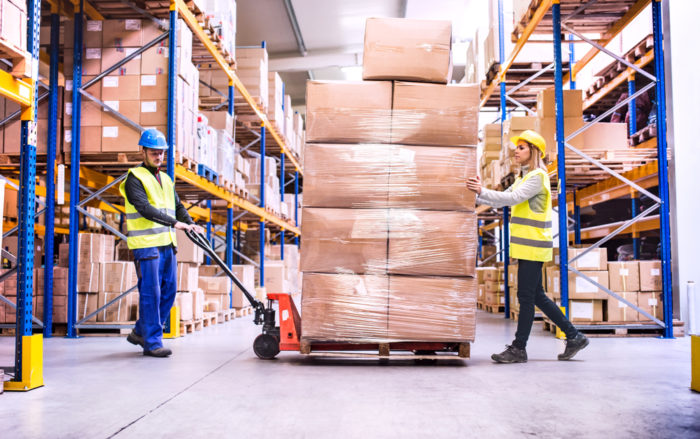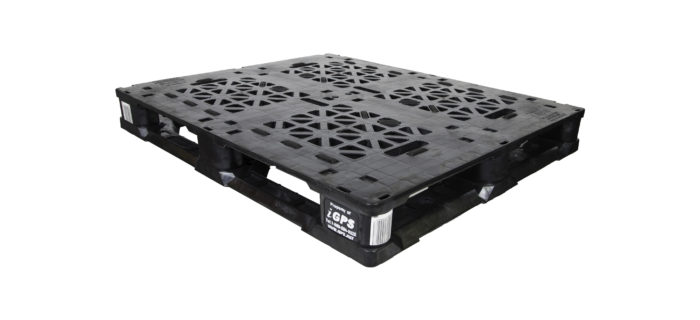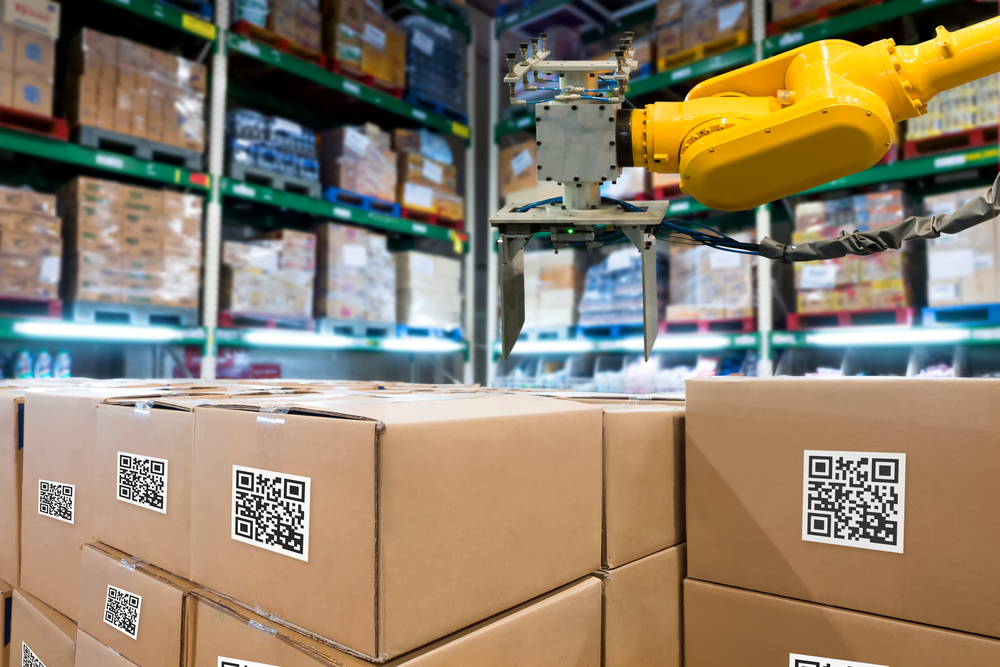Investing in supply chain optimization tools such as automated storage and retrieval systems and palletizers is a major step for most organizations. These tools can increase efficiency, reduce human error, and ease the burden on employees of handling products and pallets. Yet, despite their benefits, they can be challenging to implement and to keep running smoothly. In this article, we’ll look at the benefits of some of the most common supply chain optimization tools and touch on ways to support their use and implementation.
The Top 3 Supply Chain Optimization Tools
 Some warehouses and distribution centers long ago dismissed the idea that tools like automated storage systems or palletizers could be useful or economical for the type of products they deal with or the processes they use. Yet, supply chain optimization tools have evolved over the years, and, in many cases, multiple versions of these systems exist that can serve a variety of types of facilities. As supply chains become more streamlined and throughput goes up, tools like these that optimize efficiency and precision will become increasingly necessary.
Some warehouses and distribution centers long ago dismissed the idea that tools like automated storage systems or palletizers could be useful or economical for the type of products they deal with or the processes they use. Yet, supply chain optimization tools have evolved over the years, and, in many cases, multiple versions of these systems exist that can serve a variety of types of facilities. As supply chains become more streamlined and throughput goes up, tools like these that optimize efficiency and precision will become increasingly necessary.
Supply Chain Optimization Tool |
Varieties |
| Automated Storage and Retrieval Systems (ASRS): Automated storage and retrieval systems move products and pallets without the need for human labor. They maximize storage efficiency and pick orders accurately, often in high-density environments. ASRS may fully automate a warehouse or just certain warehouse tasks. | Unit-Load: Works by lifting products in bulk, typically by the pallet.
Mini-Load: This system handles bins, trays, or cartons of products. Bot-Based: A bot or shuttle will run on a rack or use GPS positioning to move individual products or small loads. Carousel: Bins of products will rotate continuously, moving the product to the picker, rather than the other way around. Vertical Lift Module: This is an enclosed system that holds items stored on trays. Trays come to the individual picking them, are emptied, and then returned to their original position. |
| Palletizers: These machines stack pallets to ensure accurate, safe loads that maximize space efficiency. They may use conveyor belts or sophisticated robotic arms, depending on the type of system chosen. | Robotic: Robotic arms automatically load pallets using advanced machines teamed with computerized systems.
Level-Based: A conveyor belt feeds items into a loading platform from either below or above. The items are pushed onto a pallet and the platform returns to get the next load. In-Line: Boxes move along a conveyor and are placed on the pallet in layers. This process may allow the movement of multiple boxes at a time. |
| Supply Chain Management Software (SCMS): SCMS tools are used to track, record, and process various transactions within the supply chain. There are hundreds of types available on the market, with some designed for specific tasks and others created to optimize the entire supply chain fully. | Warehouse/Inventory Management: This type of software is specific to a single warehouse and will be used to track only operations within that space.
Enterprise Resource Planning; This is more all-encompassing software in which warehouse management is only a small component. ERP software helps track all the products for a given retailer, manufacturer, or entity. Shipping Status: These tools provide real-time shipping updates and can track whether a shipment has been completed or delayed. |
The supply optimization tools above can help to eliminate issues in the supply chain by reducing the likelihood of human error and product damage. Of course, with any sophisticated technology comes the risk of downtime that has the potential to slow operations. To keep your supply chain optimization systems working in top condition, it’s vital to choose tools that support and work in partnership with these systems.
Supporting Your Supply Chain Optimization Systems
 One problem with automated supply chain optimization tools is that issues are often not isolated to a single area. A jammed piece of equipment, as an example, can cause an entire conveyor belt to back up, leading to widespread malfunctions. That’s why supply chain managers should consider what types of equipment they’re using in conjunction with automated systems. We’ll talk about a couple of important support tools below.
One problem with automated supply chain optimization tools is that issues are often not isolated to a single area. A jammed piece of equipment, as an example, can cause an entire conveyor belt to back up, leading to widespread malfunctions. That’s why supply chain managers should consider what types of equipment they’re using in conjunction with automated systems. We’ll talk about a couple of important support tools below.
Plastic Pallets
Palletizers and ASRS usually deal with products in the form of pallet loads, and one of the best ways to support these systems is to use plastic pallets rather than traditional wood pallets. Plastic shipping platforms have a unibody construction that doesn’t use hardware like nails or screws. They also don’t leave behind debris or splinters. This makes them much less likely to jam or damage machinery or products.
High-quality plastic pallets weigh less than 50 pounds and are uniform in dimension.
Most automated equipment must be carefully calibrated to work with a particular pallet weight and set of dimensions. Wood pallets often vary significantly in both these aspects, depending on their manufacturer, age, and moisture content. High-quality plastic pallets, meanwhile, weigh less than 50 pounds and are uniform in dimension. This is easier on equipment and ensures consistency for calibration.
Radio Frequency Identification Tags
Another crucial item for supporting supply chain optimization tools is radio frequency identification (RFID). Pallets embedded with RFID tags are easier to scan and read than barcodes in a busy warehouse. They don’t require line-of-sight scanning, and multiple RFID tags can be scanned nearly simultaneously. These tags are also able to be correlated with detailed information for use in a WMS or another software system.
Plastic pallets and RFID technology work together to support advanced supply chain optimization tools like ASRS, palletizers, and SCMS that streamline operations and ultimately reduce costs. Intelligent plastic pallets embedded with RFID tags support these sophisticated systems so they can perform at maximum efficiency.
Using iGPS plastic pallets will help support your supply chain optimization tools and minimize your risk of disruption. For more details on pallet rental, contact us at 1-800-884-0225, email a specialist at switch@igps.net, or visit our contact page.



